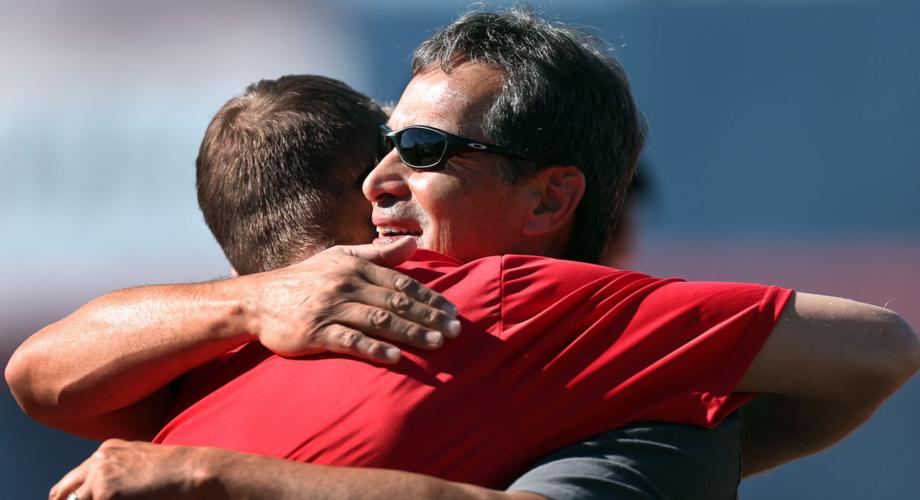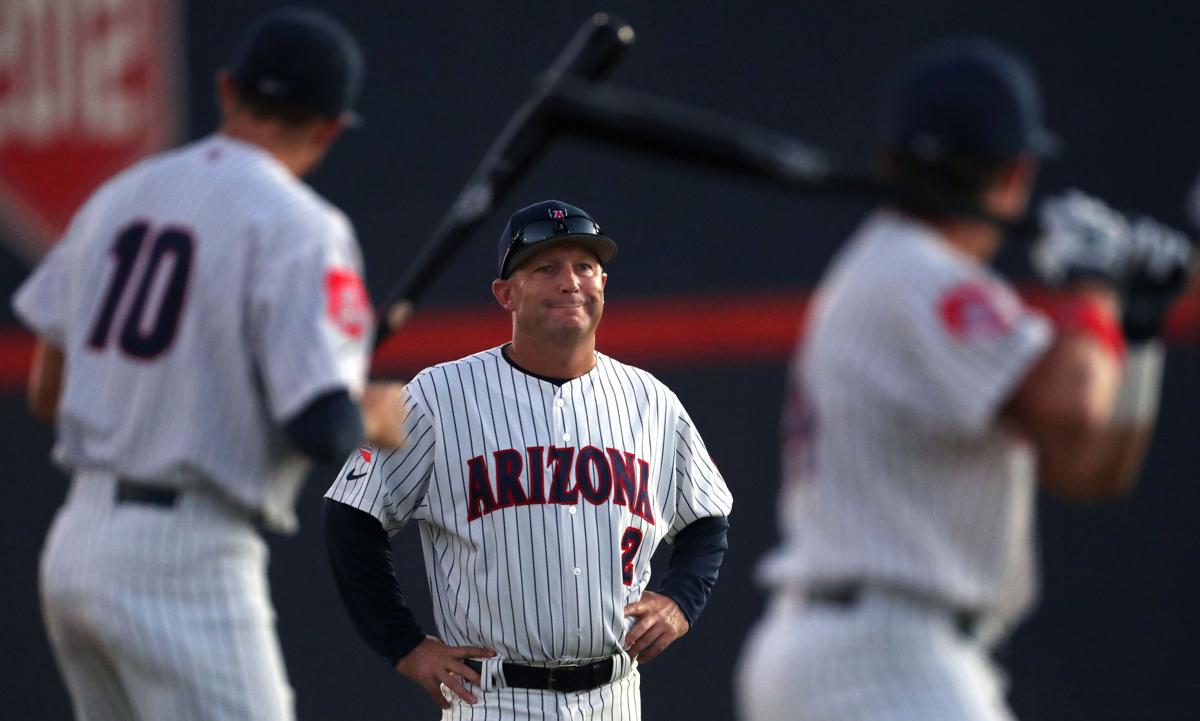Back when college sports were a thing — remember the halcyon days of 2019? — Pac-12 Networks produced a weekly fall show called “Football in 60.” It was a rebroadcast of the best football game of the week, condensed into a 60-minute format.
Major League Baseball is about to attempt MLB in 60. The sport is about to launch a 60-game season, less than half the standard 162, a product of the coronavirus pandemic and labor negotiations that, well, labored.
As Rodger Sherman of The Ringer wrote Friday: “That’s just 37% of the amount that they usually play. If a 162-game season were a drive from Los Angeles to New York, a 60-game season would get you from L.A. to Denver.”
The last time an MLB season was that short was ’78 – 1878. The American League hadn’t been created yet. The National League was in its third year. The Boston Red Caps won the pennant.
In college baseball, a season of that length is commonplace. Division I college teams typically play 56 regular-season games.
MLB managers are about to find out what college coaches already know: A shorter season leads to a heightened sense of urgency.
“They’re playing our season,” UA coach Jay Johnson said. “I’ll make decisions sometimes that, over the course of a 162-game season, I probably wouldn’t make.
“The urgency and the importance of every game being like a playoff game, I think they’re really gonna feel that. You can’t get out of the gate and be under .500 for two months like the Nationals were (last season) and then go win the World Series.
“So I think you might see some things like closers being brought into games earlier, being thrown on back-to-back days more often … matching up earlier in games. Which I think is great. I hope they can get it off the ground, because the intensity of the regular games being played (that way) will be fascinating to watch.”
Johnson, who has been a college head coach since 2014, has joked about getting credit — or blame — for inventing the concept of the “opener,” where a team uses a bullpen-by-committee approach for an entire game. It isn’t unusual for a college team to use that tactic on a Sunday or in a midweek game. It has become increasingly prevalent in the big leagues — and might become even popular during a 60-game season in which pitchers’ arms don’t have to managed as carefully.
One of Johnson’s mantras is that each game should matter as much as the others, that each is its own “Super Bowl.” His predecessor at Arizona, Andy Lopez, understands that mindset. He and his staff would break down the season into 10-game increments. The annual hope was that some of those final 10 would take place in Omaha, Nebraska, site of the College World Series.
“I knew when we showed up in Omaha that every single pitch was really important,” Lopez said. “I got a funny feeling that that’s going to be the feeling in professional baseball (this season) — a lot of people going, ‘We gotta get this one today.’”

Andy Lopez is one of just a handful of college coaches to win national championships at two schools. He also took home a title at Pepperdine in 1992.
Lopez recently spoke about the MLB’s 60-game season with his friend Randy Flores, the assistant general manager and director of scouting for the St. Louis Cardinals. The impression Lopez got from that conversation?
“It’s going to be postseason baseball from the first pitch on,” Lopez said. “It’s going to be game on. It’s going to be rock and roll.
“You’ve gotta get out of the gate. You get in a two-week spin, you’re done. One of 162? Not anymore. This is going to be a sprint.”
Lopez believes the more seasoned managers, especially the ones with playoff experience, will be best positioned to handle their pitching staffs and personnel during the shortened campaign. He cited Terry Francona (Indians), Joe Girardi (Phillies) and Joe Maddon (Angels) as a handful of examples.
The pace and intensity of MLB’s 60-game season won’t be exactly the same as NCAA baseball’s 56-game version. The MLB regular season will be packed into about two months; the college campaign spans about 3½ months.
And the big leagues, as Lopez noted, features “the best of the best.” Although Johnson guards against taking any opponent lightly, the reality is that some opponents the Wildcats schedule, especially early in the season, aren’t on their level. As such, coaches can afford to be more patient with developing players.
UA right-hander Konner Wade struggled with his control for a time during the 2012 season. Lopez left him in a midweek game against New Mexico State probably longer than he should have. But Lopez knew Wade needed to work out his issues and was willing to sacrifice that game to let him. Wade ended up solidifying his role as the No. 2 starter for the College World Series champions.
“He was spectacular,” Lopez said. “That night way back in (March) was worth it. The difference is, that’s college baseball.”
MLB in 60 will offer no such wiggle room.






